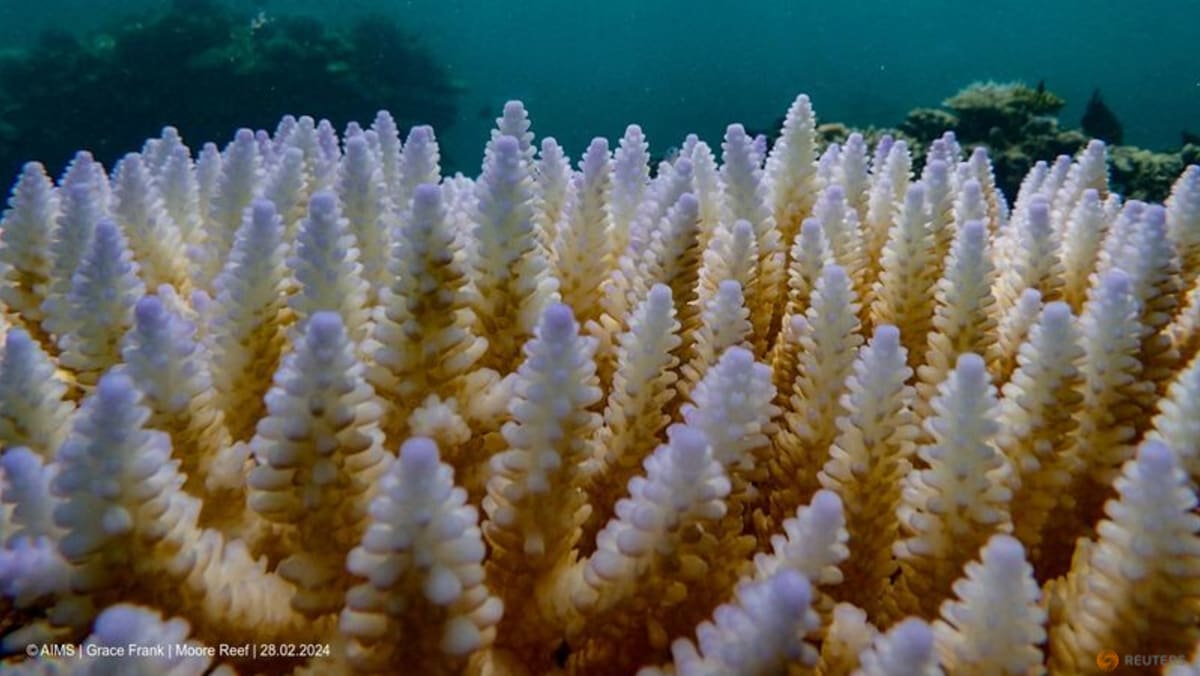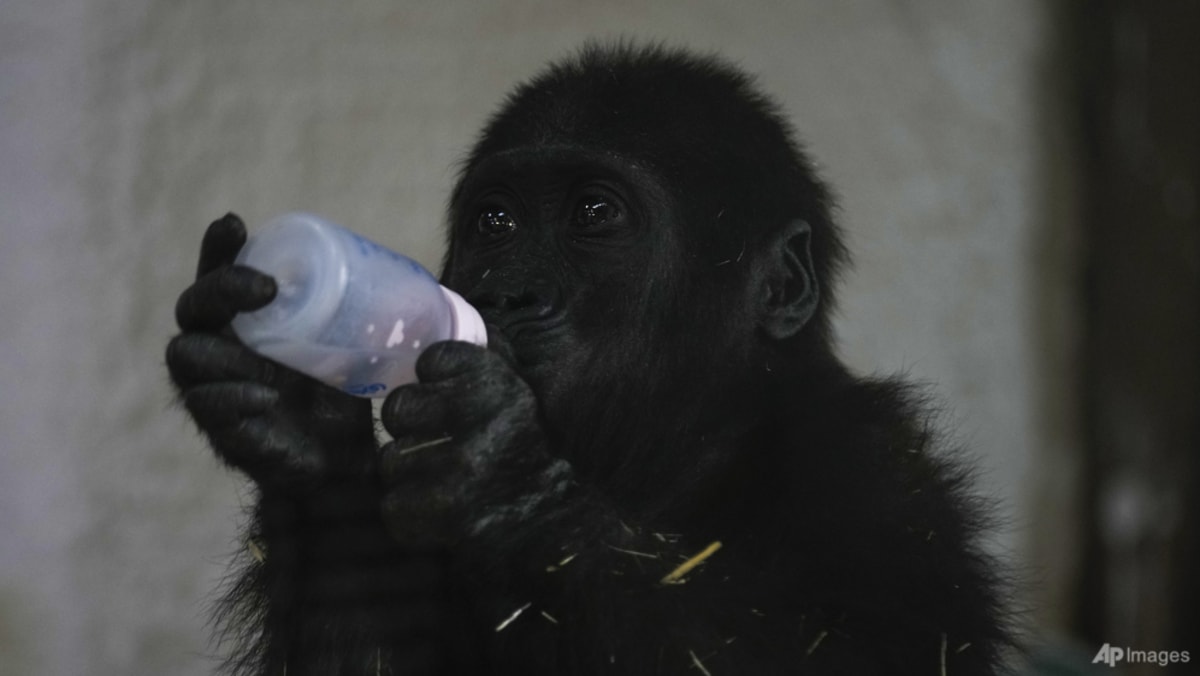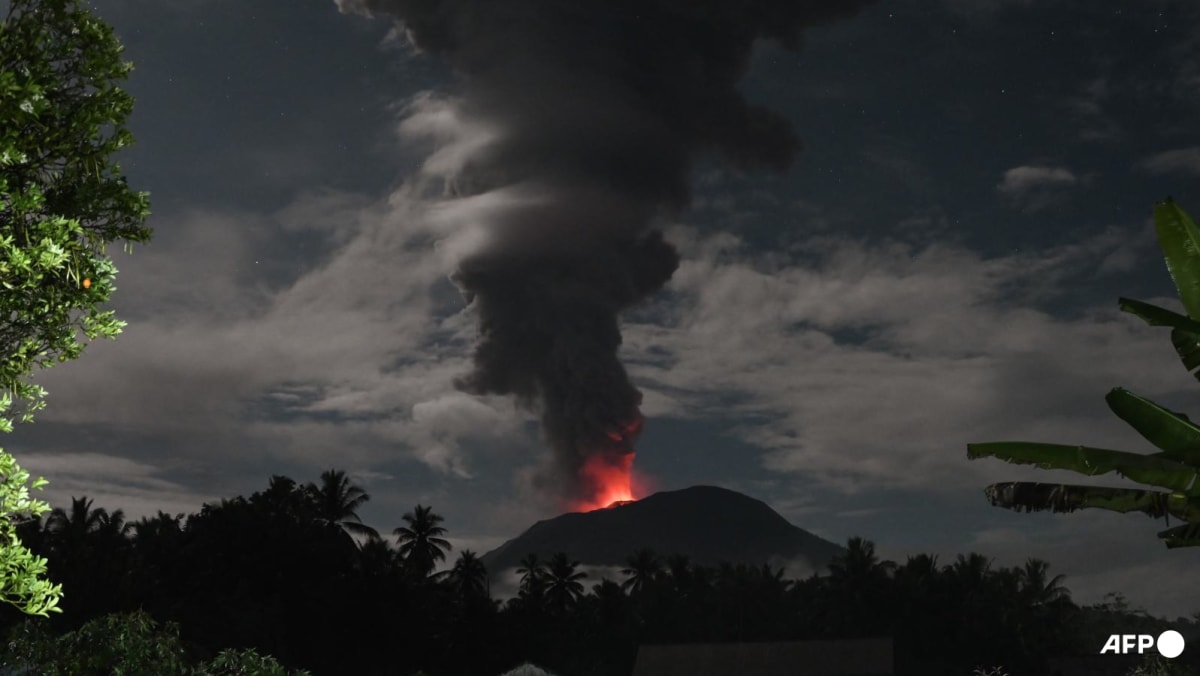The world’s coral reefs are bleaching. What does that mean?

WHAT ARE CORALS?
Corals are invertebrates that live in colonies. Their calcium carbonate secretions form hard and protective scaffolding that serves as a home to many colourful species of single-celled algae.
The two organisms have evolved over millennia to work together, with corals providing shelter to algae, while the algae remove coral waste compounds and deliver energy and oxygen back to their hosts
Coral reefs cover less than one per cent of the ocean floor but have out-sized benefits for marine ecosystems and economies.
A quarter of marine life will depend on reefs for shelter, finding food or spawning at some point in their lives and coastal fisheries would struggle without corals.
Every year, reefs provide about $2.7 trillion in goods and services, from tourism to coastal protection, according to a 2020 estimate by the Global Coral Reef Monitoring Network. About $36 billion is generated by snorkelling and scuba diving tourists alone.
Coral reefs also help coastal communities by forming a protective barrier against storm surges and large waves. This helps to avoid property damage for more than 5 million people worldwide, a 2022 study in the journal Marine Policy found.
DO ALL BLEACHED CORALS DIE?
Corals can survive a bleaching event if the surrounding waters cool and algae return.
Scientists at the Palau International Coral Reef Center estimate that it takes at least nine to 12 years for coral reefs to fully recover from mass bleaching events, according to research published in 2019.
Disruptions such as cyclones or pollution can slow the recovery.
“Bleaching is like a fever in humans,” said ecologist David Obura, director of Coastal Oceans Research and Development in the Indian Ocean East Africa. “We get a fever to resist a disease, and if the disease is not too much, we recover. But if it is too much, we die as a result.”
Scientists caution that corals this year have faced harsher and more prolonged high temperatures than ever before.
“What is happening is new for us, and to science,” said Lorenzo Alvarez-Filip, a coral reef ecologist at the National Autonomous University of Mexico. “We cannot yet predict how severely stressed corals will do even when they survive the stress event, or how coral recovery will operate.
Dead reefs can still offer shelter to fish or provide a storm barrier over several years for coastal communities But eventually, these underwater graveyards of calcium carbonate skeletons will erode and break apart.
WHAT CAN BE DONE TO HELP SAVE REEFS?
The best chance for coral survival is for the world to cut greenhouse gas emissions to limit climate change.
Many scientists think that at just 1.2C of warming above the preindustrial level, the world has already passed a key threshold for coral reef survival. They expect between 70 per cent and 90 per cent of the world’s coral reefs will be lost.
Scientists and conservationists are scrambling to intervene.
Local communities have cleanup programmes to remove litter from the reefs to reduce further stresses. And scientists are breeding corals in labs with the hopes of restoring degraded reefs.
However, none of this is likely to work to protect today’s corals from warming waters. Scientists are therefore trying to plan for the future by bringing coral larvae into cryopreservation banks and breeding corals with more resilient traits.
Obura said that while it’s important that scientists investigate such interventions, breeding genetically engineered corals is not the answer to climate change.
“We have to be very careful about stating that it’s the solution and that it’s saving corals reefs now,” he said.
“Until we reduce carbon emissions, they won’t save coral reefs.”
Source: CNA















